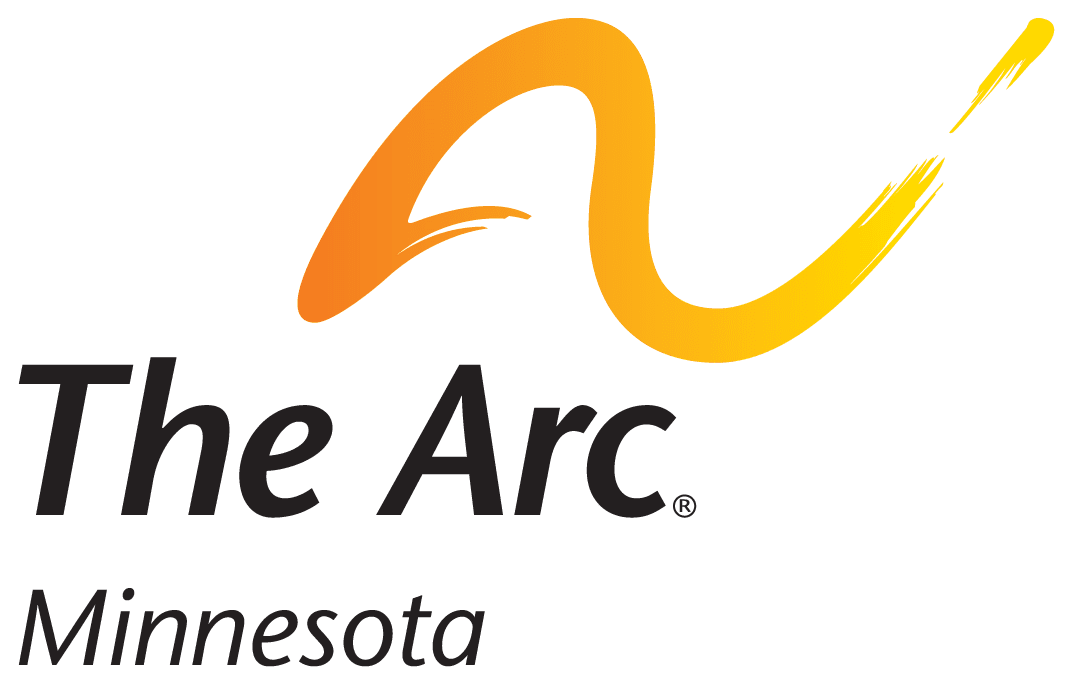By Alicia Munson, The Arc Minnesota Public Policy Director
These past few weeks have been busy for number-crunchers up at the Capitol, with a series of big announcements regarding the new Walz administration’s spending priorities and the fiscal “state of the state”.
On Tuesday, February 19th, Governor Tim Walz and Lieutenant Governor Peggy Flanagan released their “Budget for One Minnesota” for the next fiscal biennium – 2020-2021 (starting on July 1, 2019 and ending on June 30, 2021).
Overall, the Governor’s recommendations would result in an additional $2 billion in general fund spending, while increasing net revenue by $1.3 billion. The Governor also recommends leaving $789 million unspent, or “on the bottom line”.
If you’re a visual learner like me, you might find this article – “Inside Gov. Tim Walz’s proposed budget” – from the Pioneer Press to be really helpful. It features seven graphs outlining the Governor’s budget – including his proposals for spending and for revenue increases.
Here are some of the proposals that would have a significant impact on Minnesotans with disabilities:
– Increase special education aid by $22.9 million in FY 2020 and by $53.9 million in Fiscal Year (FY) 2021 to hold the state total cross subsidy steady at current levels. The Governor also recommends a new special education aid formula.
– Invest in reforms that would enhanced protections for “vulnerable adults”, including the development of an assisted living licensure.
– Increase funding by $2 million for new workforce housing, and create an additional 150-350 new workforce housing opportunities statewide for families making $67,400 or less per year.
– Invest $1 million in the Rehabilitation Loan Program, which supports very low-income homeowners – one-third of whom have a family member with a disability – in making health, safety and energy efficiency improvements.
– Provide $2 million in grants to communities that establish Local Housing Trust Funds and invest in affordable housing projects.
– Adjust the Medical Assistance fee schedule for adult dental services, resulting in a 54% increase.
– Repeal the sunset of the Provider Tax.
– Increase the income support portion of the Minnesota Family Investment Program by $100/month.
– Simplify Home & Community Based Services by combining the four disability waivers into two, streamline service offerings, and create an individual budget methodology.
– Invest in Direct Support Professionals by creating a 4.7% Competitive Workforce Factor in the Disability Waiver Rate System.
– Invest in staff supporting individuals who access self-directed services – specifically increasing the minimum wage to $13.25/hour by 2019, increasing paid time off, and establishing holiday pay.
– Implement program integrity measures for the Nonemergency Medical Transportation (NEMT) program.
– Implement Electronic Visit Verification for individuals accessing Personal Care Assistance and home health services.
– Update the payment methodology for Durable Medical Equipment.
– Create a new billing code for home health agencies to bill Medical Assistance for a skilled nurse visit performed by a licensed practical nurse (LPN).
Metropolitan Council – Transportation
– Increase funding for transit services for people with disabilities by 20%. The Governor also recommends changes to statute that would allow the Council and the Department of Human Services to share client data, allowing the Council to receive additional federal funds for the Metro Mobility program.
Allow voters with a disability to receive and mark their ballot electronically, allowing them to vote privately and independently.
– Advance Connected and Automated Vehicles (CAV) policy, planning, testing, and implementation.
For those that want a deeper dive into the budget proposals that would impact our disability community, I put together this overview of the “change items” in several key agency areas.
In addition to his budget recommendations, the Governor has also outlined an ambitious bonding proposal – released on Wednesday, February 27th. He recommends investing $1.27 billion in infrastructure projects statewide – with a strong focus on transportation and higher education.
Of specific interest to the disability community is his proposal to invest $150 million in affordable housing measures, and $19.5 million in projects that would improve accessibility in Minnesota’s state parks.
However, finding the funding to make any new investments this legislative session – whether outlined in the Governor’s budget and bonding proposals or not – will be a challenging task. The February economic forecast – released last Thursday, February 28th – showed the state’s budget surplus coming in nearly $500 million lower than projections last November ($1.1 billion total surplus), and even predicted a deficit of $11 million in fiscal year 2022-2023.
The entire process of creating a state budget is complex, and can get a bit messy… like baking a cake! At least, that’s how Minnesota Public Radio News political reporter, Briana Biersbach, describes it. To help get a clearer picture of Minnesota’s budget process, check out this helpful video she developed.
And, as always, please don’t hesitate to contact me with questions or for more information about the Governor’s budget recommendations, bonding proposal, and the February forecast at aliciamunson@arcminnesota.org.
